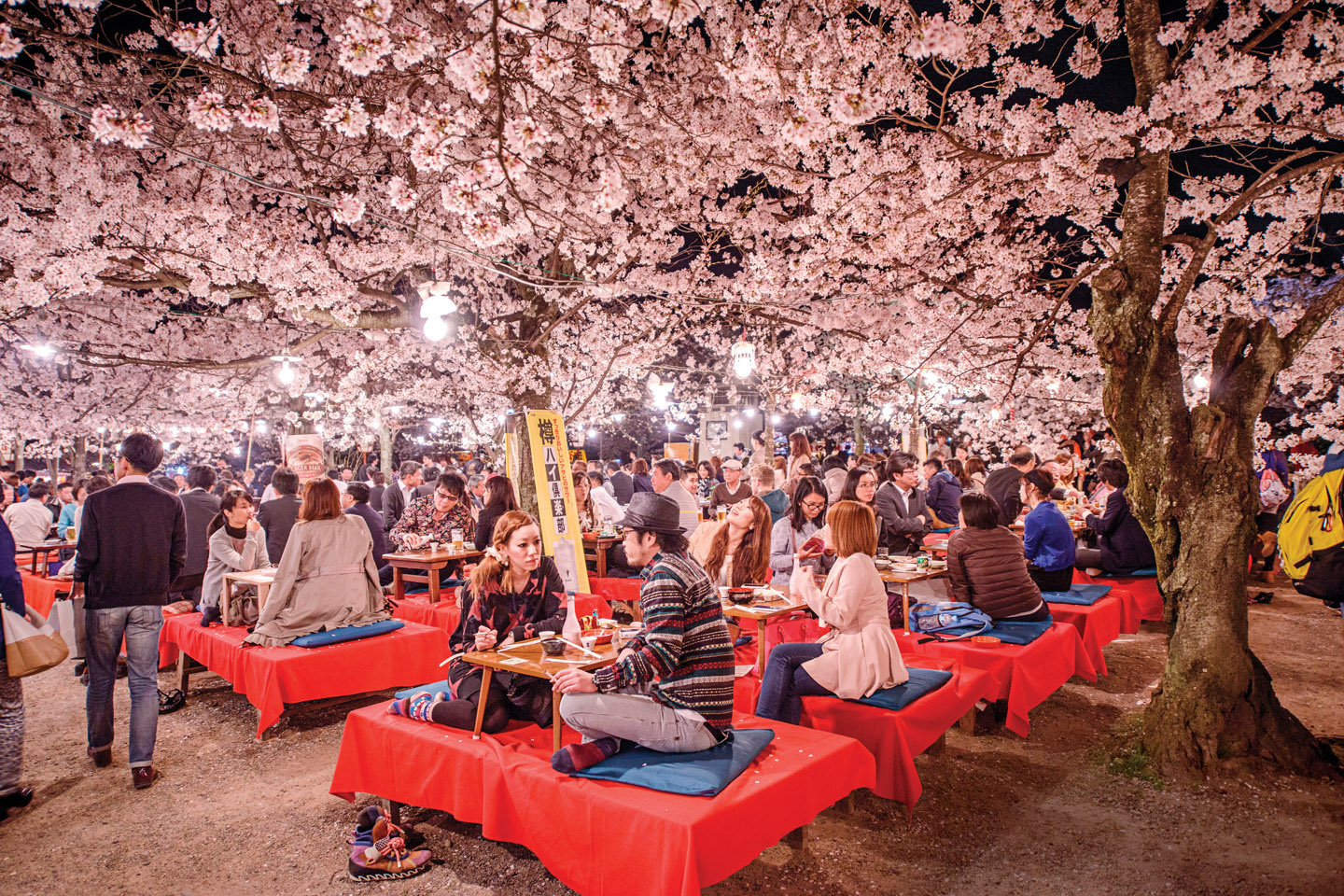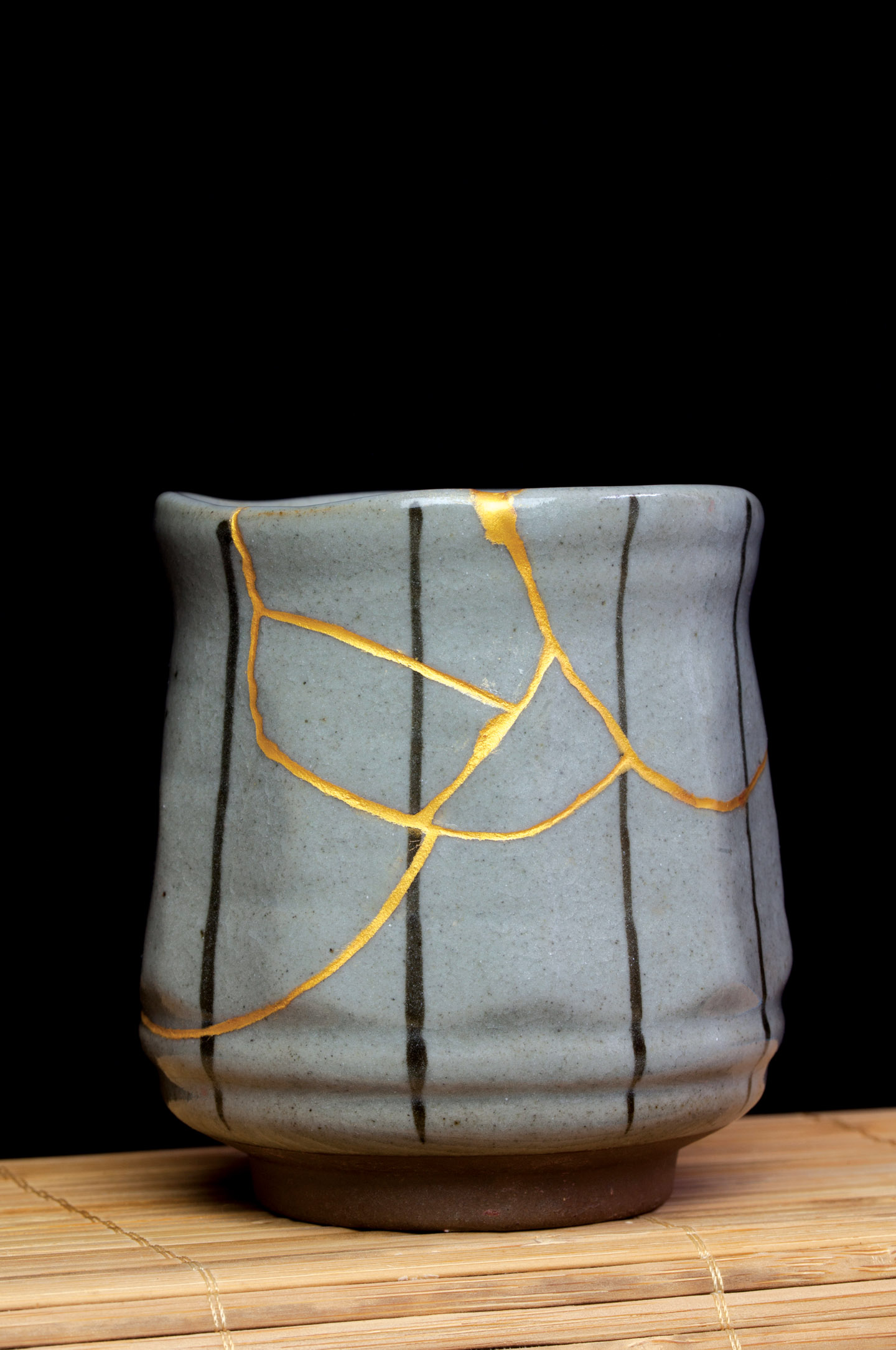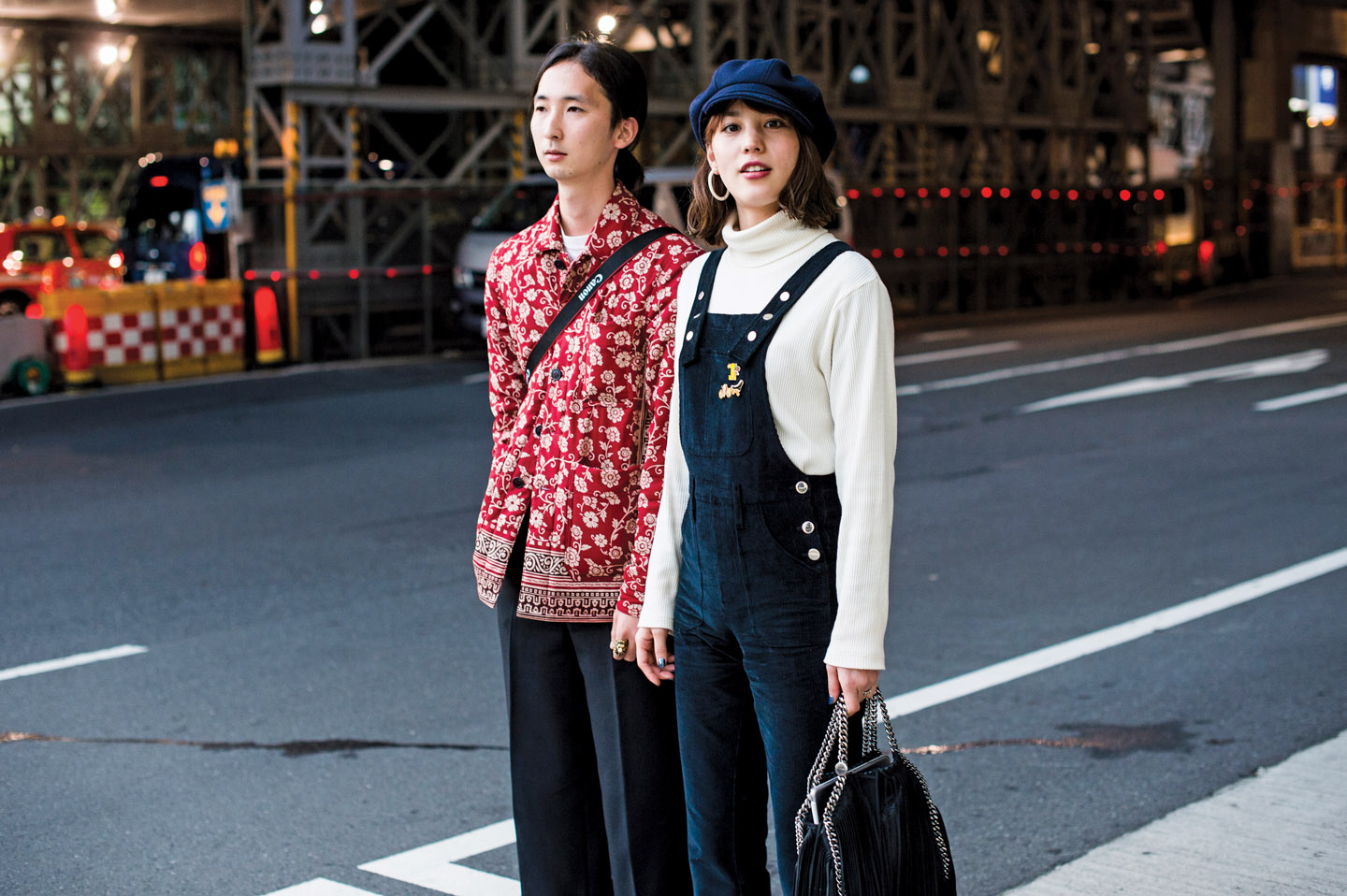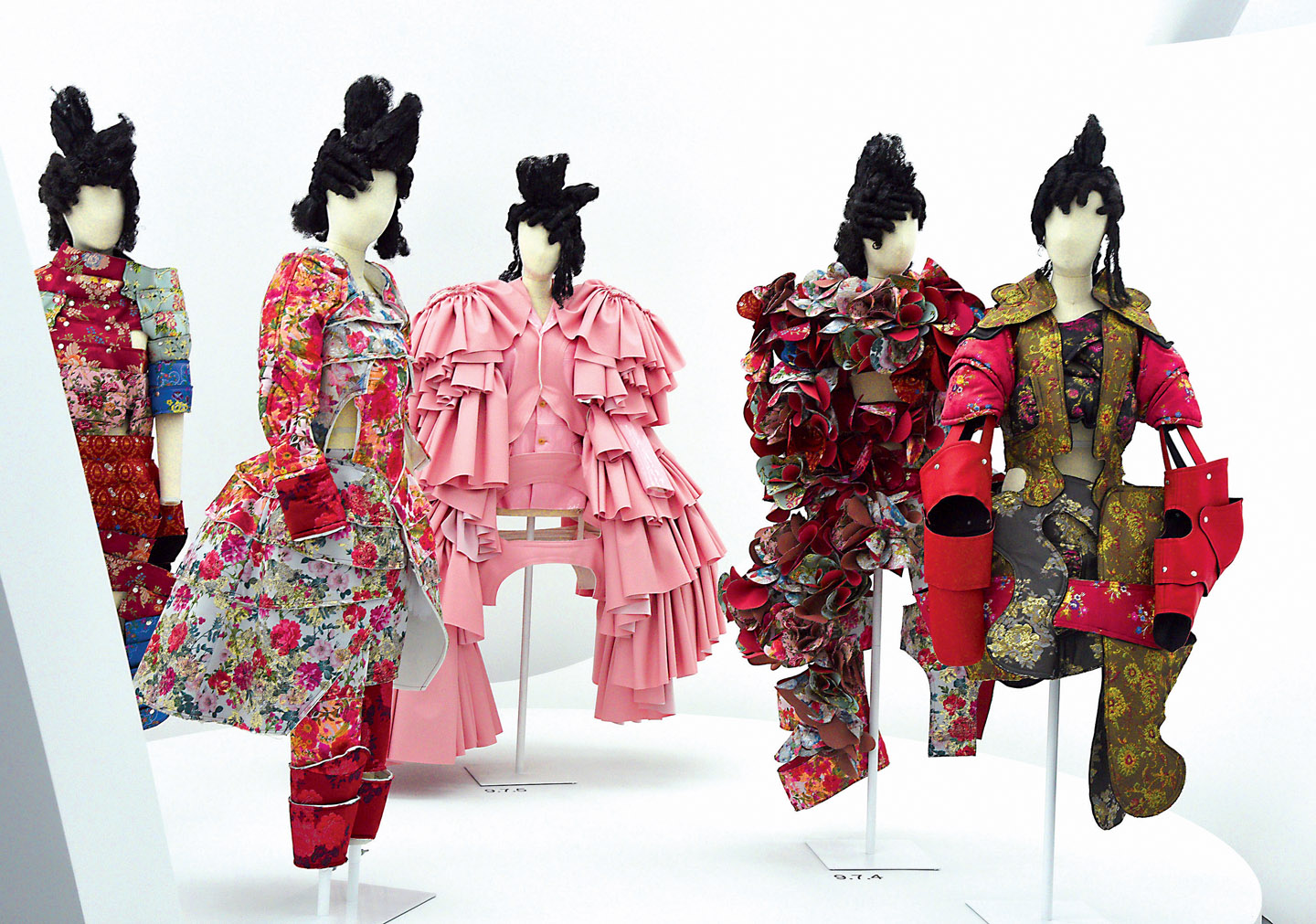In a society where we’re always wired, always on and always trying to be one step ahead of the Joneses, the philosophy of wabi-sabi interupts, slows us down, nudges us to change direction. Nearly impossible to accurately translate, wabi-sabi is the acceptance of transience and imperfection — the celebration of beauty with all its flaws.
Leonard Koren, author of Wabi-Sabi for Artists, Designers, Poets & Philosophers, after failing to find a translation that breathed life into the concept’s way of living, ventued this description: “Wabi-sabi is the beauty of things imperfect, impermanent, and incomplete, the antithesis of our classical Western notion of beauty as something perfect, enduring, and monumental.”

The words wabi and sabi have specific meanings illustrated in kanji (a Japanese writing system that uses Chinese characters) — wabi describes a sense of loneliness and sabi means patina. When combined, the characters form an expression that encapsulates subdued taste, quiet refinement and elegant simplicity. However, wabi-sabi does not solely refer to visuals and aesthetics. The concept is deeply rooted in Buddhism and its teachings on impermanence, suffering and emptiness. According to Buddhism, wisdom comes from making peace with these marks of existence, as they are intrinsic to our nature, and wabi-sabi can be perceived as a way of practising this mindset of peace and acceptance.
One of the best, and most accessible, examples of wabi-sabi is the traditional Japanese tea ceremony — a ritual of purity and simplicity that values bowls that are handmade and irregularly shaped, with an uneven glaze and with cracks, and a tenacious beauty in their deliberate imperfection. In the wabi-sabi philosphy, objects should not only be personal, humble and functional and be paid the utmost attention to detail, but should also be in harmony with nature. Daily-life items such as sake cups and teacups can be imperfect: a patchy glaze, speckled colours, a rustic style. However, this doesn’t mean poor craftsmanship. Wabi-sabi draws attention to the imperfections and the natural process of creating them.

The ancient Japanese art of kintsugi, a technique of repairing cracked pottery with gold, is another example of wabi-sabi applied to daily life. By filling the crevices with gold lacquer, attention is drawn to the history of the object as something to be celebrated rather than hidden or repaired. It’s about finding beauty in damaged or old things, instead of replacing everything immediately. Kintsugi conveys a philosophy, not of “new,” but of awe, reverence and restoration — the essence of the practice.
In Japan, wabi-sabi is also part of the importance given to the seasons. Throughout the year, numerous festivals celebrate fleeting occurrences, such as the ephemeral blooming of sakura (cherry) trees, which only last about 10 days. Crowds gather underneath the trees to eat, drink and enjoy the sight of these delicate, short-lived flowers. The appreciation comes with the awareness of their fragility, knowing the petals will soon be covering the ground after just a gust of wind or a day of rain.

At first glance, in fast-paced Tokyo, wabi- sabi is well hidden. Soaring glass skyscrapers, pristine-clean streets, new structures being constructed on a daily basis, the urban noise and movement — all counter wabi-sabi. But while it may seem the philosophy is slowly fading away in modern Japan, wabi-sabi is experiencing a renewal. Blink and you’ll miss the traditional shrines hidden in narrow alleys in the bustling Shibuya district of Tokyo, the fragrant and rough tatami floors in homes, the tea ceremony performed in daily life, the appreciation of seasonal foods and Shinto festivals held in every town at any given moment.
In Tokyo street style, wabi-sabi can be spotted in the form of vintage pieces, and in high-end Japanese fashion via the deconstructed garments at Comme des Garçons and the modern twist on the traditional kimono at Issey Miyake.

The objects that demonstrate the philosophical and aesthetic ideals of wabi-sabi often come with a hefty price tag, but that goes against the humbleness that made them wabi-sabi in the first place. The ideal is not to pursue expensive objects, but instead to strive for something that is closer to minimalism and to curtail consumerism — quality versus quantity at its simplest. Wabi-sabi is perhaps the essence of Japanese culture, which knows how to celebrate imperfection in our imperfect world. Wabi-sabi is everywhere. Just slow down and look around closely. It’s often diluted in its seemingly perfect surroundings.
By Vivien Morelli – *This article originally appeared in INSIGHT: The Art of Living | Winter 2017
Photos: Sean Pavone/Alamy; Robin Platzer/Twin Images/Avalon.red/Newscom; Julien Boudet/BFA



